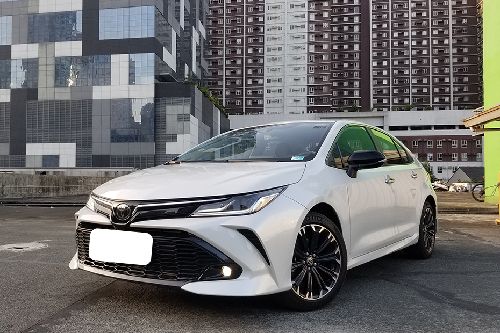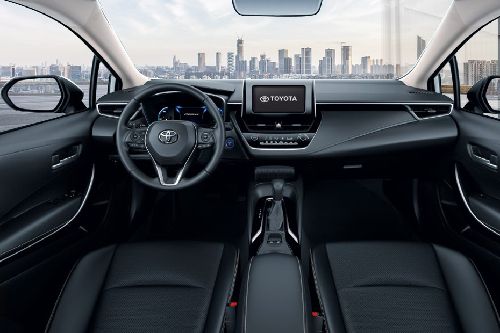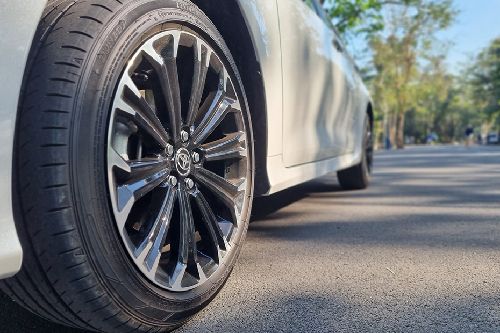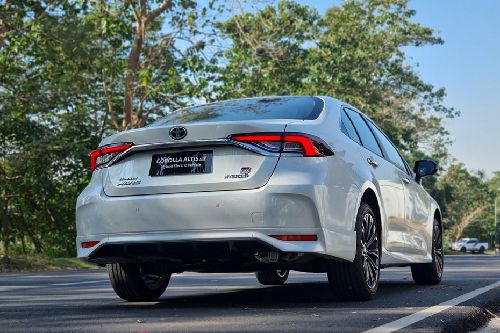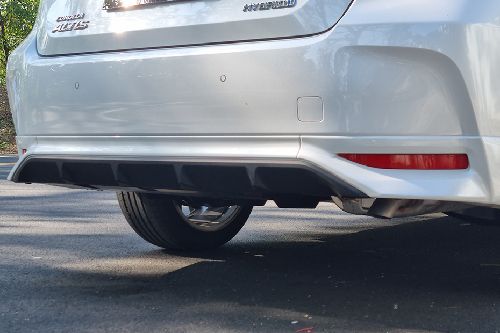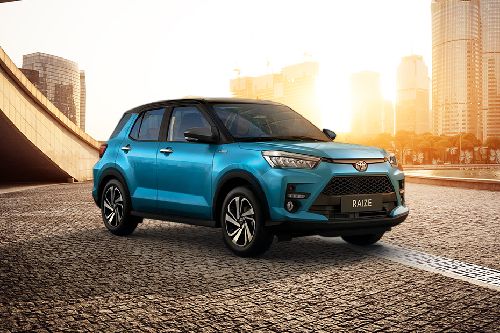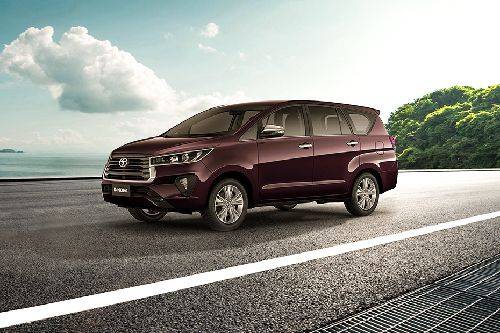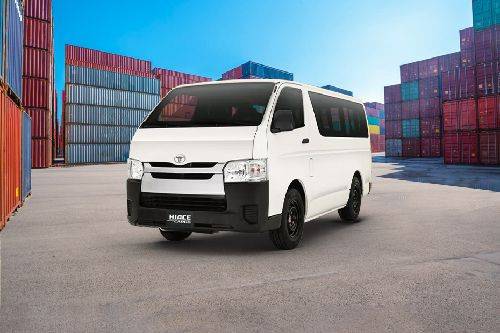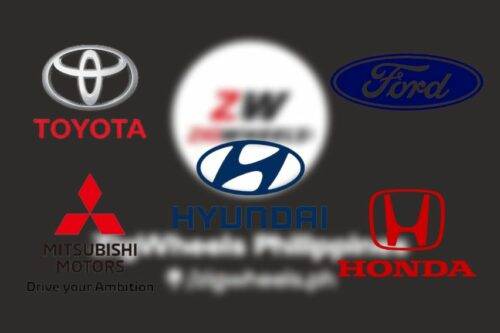Understanding Toyota Safety Sense System
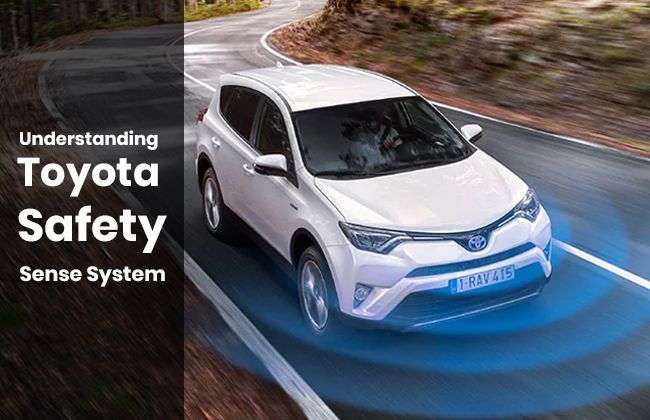
Toyota Safety Sense (TSS) is the company’s marketing brand for its suite of safety technologies that are now available in Corolla Altis Hybrid and the Super Grandia Elite. According to Toyota Motor Philippines (TMP) first Vice President Ms. Cristina Arevalo, TMP is rolling out “various technologies and features available in other countries” including the Toyota Safety Sense. So, what is TSS? Read on below for a complete primer on how it makes Toyota vehicles a lot safer to drive.
The TSS is designed to protect the driver and passengers inside the car as well as pedestrians, cyclists, and people or other vehicles on the road. TSS does this by assisting the driver in decision making, in operating the vehicles, and in being aware of the surroundings through its various safety systems that work simultaneously for a safe drive. In fact, the TSS is developed to address the three most common accidents that motorists face: (1) frontal collisions, (2) unintended lane departure, and (3) nighttime accidents through its suite of six active safety and driver assistance systems.
1. Pre-collision system with pedestrian detection (PCS)
The pre-collision system is designed to lessen the risk of a potential frontal collision. Using an integrated forward-facing camera and a front-grille-mounted sensor, the system detects if there is an obstacle like a pedestrian, cyclist, or another car in front of you and prompts you to take action through audio and visual alerts. If the driver does not hit the brake on time, it will apply the brake assist (BA) to reduce the car’s speed and minimize the possibility of a frontal collision. The advanced version of the PCS comes with daytime/ low light vehicle and pedestrian detection and daytime Lane bicycle detection.
2. Lane departure alert (LDA)
The lane departure alert uses the vehicle’s forward-facing camera to detect lane departure on roads with visible lane markings when traveling on straight roads, road edges, and curbs with clear lane markings and at a speed of 52 kmph or higher. Audio and visual cues are given to alert the driver to check the road and go back to the center of the lane.
The LDA also comes with advance options: the steering assist— that detects if the vehicle is drifting and makes automatic adjustments on the steering to help keep the vehicle in its lane; and road edge detection—which scans for the road’s edge and the side of the road such as grass or soil and alerts the driver to take corrective action to keep the vehicle in the desired lane. If it does not detect any corrective steering action, it works with the steering assist feature to make minor steering adjustments.
3. Automatic high beams
The automatic high beams are for the driver to better see at night while reducing glare for other drivers. When activated at speeds above 40 kmph, an in-vehicle camera detects headlights of oncoming vehicles and taillights of preceding vehicles, then automatically toggles between high and low beams accordingly. By using this feature frequently, the system can better detect pedestrians and other on-road obstacles to minimize the chances of a collision.
4. Road sign assist (RSA)
The road sign assist detects road signs via a forward-facing camera and navigation system, specifically, speed limit signs, stop signs, do not enter signs and yield signs, and display them on the multi-information display (MID) and or Head-Up display. This gives added awareness to the driver to recognize road signs that might have otherwise been overlooked.
5. Lane tracing assist (LTA)
The lane tracing assist is intended to reduce driver strain and increase convenience especially during traffic jams. The LTA works with the Dynamic Radar Cruise Control to keep the vehicle at the center of its lane. LTA uses forward-facing cameras to detect visible lane marks and the vehicle’s path ahead. When there is a slight departure, the LTA will give visual warning through a display in the MID screen on the position of the vehicle; and either an audio alert or vibration in the steering wheel. If needed, it will apply the steering input to keep the vehicle in the lane.
6. Dynamic radar cruise control (DRCC)
The dynamic radar cruise control is most suited for highway driving and lets you drive at a preset speed. Using the front-grille-mounted camera, the DRCC uses a vehicle-to-vehicle distance control system that automatically adjusts the car’s speed to maintain a safe distance if there is a slower driving car in front while still maintaining on “cruise control” setting. When there is no longer a car in front, the DRCC will accelerate back to the preset speed. The advance version—the full-speed range DRCC is suitable for speed from zero to 177 kmph. It allows the vehicle to cruise in the low-speed following, speed matching, stopping, and acceleration/ deceleration to a preceding vehicle.
A reminder
Since its inception, the Toyota Safety Sense has effectively reduced rear-end collisions by 70 percent and with the back-up sensors, collisions went further down by 90 percent. But please do remember, the Toyota Safety Sense is there to help the driver in terms of navigating, steering, and stopping and is NOT a substitute for safe and attentive driving. Furthermore, the suite effectiveness is dependent on various factors such as road, weather, speed, size and position of pedestrian or bicyclist, light conditions, sign conditions, and vehicle conditions.
Also read: Toyota App will also be available soon in PH
Sell your car at the best price
 Verified and genuine buyers
Verified and genuine buyers
-
Explore Toyota Corolla Altis
Toyota Corolla Altis₱1.135 - 1.73 Million Emi Starts : ₱19,471 x 60
Toyota Car Models
Don't Miss
Toyota Corolla Altis Promos, DP & Monthly Installment
PIMS 2024
Trending & Fresh Updates
- Latest
- Popular
You might also be interested in
- News
- Featured Stories
Toyota Featured Cars
- Latest
- Upcoming
- Popular
Latest Toyota Corolla Altis Car Videos on Zigwheels

Compare & Recommended

|
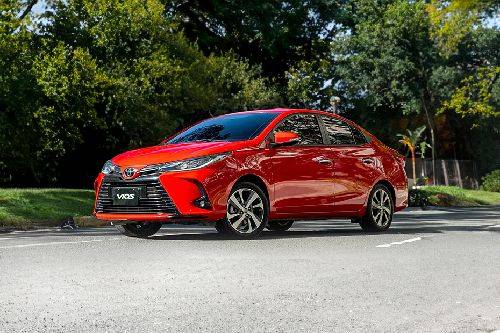
|

|

|

|
|
Length
4630 mm
|
4420 mm
|
4605 mm
|
4475 mm
|
4638 mm
|
|
Width
1780 mm
|
1730 mm
|
1765 mm
|
1706 mm
|
1822 mm
|
|
Height
1435 mm
|
1475 mm
|
1460 mm
|
1469 mm
|
1460 mm
|
|
Power
138
|
98
|
128
|
89
|
102
|
|
Torque
153 Nm
|
123 Nm
|
225 Nm
|
132 Nm
|
142 Nm
|
|
Automatic Climate Control
No
|
No
|
Yes
|
No
|
-
|
|
Rear A/C Vents
No
|
-
|
-
|
-
|
Yes
|
|
Keyless Entry
Yes
|
-
|
Yes
|
Yes
|
Yes
|
|
Multi-function Steering Wheel
No
|
No
|
Yes
|
No
|
-
|
|
Adjustable Seats
Yes
|
Yes
|
Yes
|
Yes
|
4-Way Driver
|
|
|
Trending Sedan
- Latest
- Upcoming
- Popular
Toyota Corolla Altis Car Articles From Carmudi
- journal



